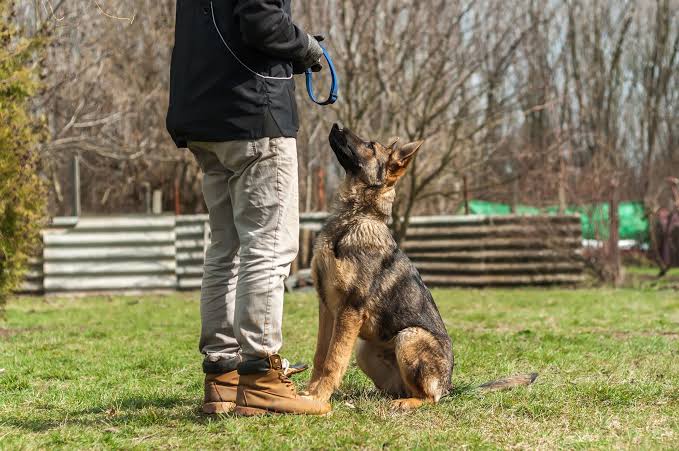
Understand the difference between Dog Trainer and Dog Behaviourist!
When it comes to ensuring your dog is well-behaved and happy, you might find yourself considering professional help. However, knowing whether to seek a dog trainer or a dog behaviorist can be confusing. While both professionals work with dogs, their roles, methods, and areas of expertise differ significantly. Here, we’ll delve into what sets them apart and how to determine which one is right for your canine companion.
Dog Trainer: Teaching Commands and Skills
Role and Focus: A dog trainer primarily focuses on teaching dogs specific commands and skills. Their goal is to instill obedience and good manners through structured training sessions. They often work with puppies and adult dogs to help them learn basic commands such as sit, stay, come, and heel.
Methods: Dog trainers typically use a variety of training methods, including positive reinforcement (rewarding desired behaviors with treats or praise), clicker training, and sometimes corrective measures. The emphasis is on repetition and consistency to ensure the dog understands and responds to commands reliably.
Common Scenarios:
- Basic Obedience Training: Helping dogs learn foundational commands.
- Advanced Training: Teaching more complex skills or tricks.
- Behavioral Issues: Addressing minor behavioral problems like jumping, barking, or pulling on the leash.
Typical Settings: Training sessions can take place in group classes, private lessons, or even online. Dog trainers may work in training centers, pet stores, or clients’ homes.
Dog Behaviourist: Addressing Deep-Rooted Issues
Role and Focus: A dog behaviorist, on the other hand, specializes in understanding and modifying problematic behaviors that often stem from psychological or emotional issues. Their work involves a more in-depth analysis of the dog’s behavior and its underlying causes.
Methods: Behaviourists employ a scientific approach, often using behavior modification techniques and principles from animal psychology. They may create customized behavior modification plans that involve changing the dog’s environment, routine, or interactions to address issues.
Common Scenarios:
- Severe Anxiety: Helping dogs that exhibit signs of anxiety, such as separation anxiety or noise phobias.
- Aggression: Working with dogs that show aggression toward people or other animals.
- Compulsive Behaviors: Addressing repetitive behaviors like excessive licking or tail chasing.
Typical Settings: Behaviourists usually conduct thorough assessments in the dog’s home environment to understand the context of the behaviors. Sessions may include observing the dog’s interactions, discussing history with the owner, and implementing tailored strategies.
Deciding Between a Trainer and a Behaviourist
When deciding whether to seek a dog trainer or a dog behaviorist, consider the nature of your dog’s needs:
- For Obedience and Manners: If your dog needs to learn commands, improve manners, or refine specific skills, a dog trainer is the right choice.
- For Behavioral Issues: If your dog is dealing with deep-rooted behavioral problems, such as aggression, severe anxiety, or compulsive behaviors, a dog behaviorist is better equipped to help.
Conclusion
Both dog trainers and dog behaviorists play crucial roles in ensuring dogs lead happy, well-adjusted lives. By understanding the differences between these professionals, you can make an informed decision that best addresses your dog’s unique needs. Whether you opt for a trainer or a behaviorist, the ultimate goal remains the same: fostering a harmonious relationship between you and your furry friend.



